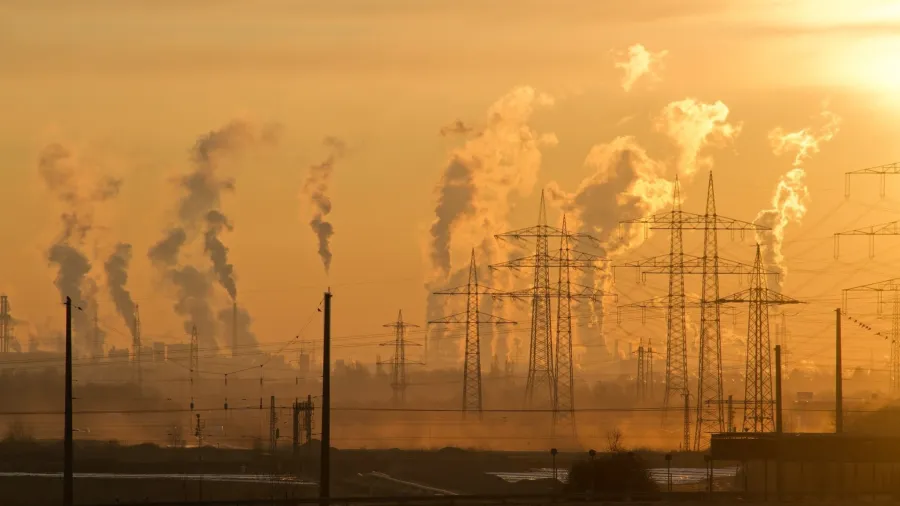
CCUS adoption in Southeast Asia to focus on gas production: report
About 75% of CCUS project pipeline is meant to capture excess carbon dioxide from gas production.
The adoption of carbon, capture, utilization and storage (CCUS) in Southeast Asia will likely focus more on gas production, rather than power generation, the Institute for Energy Economics and Financial Analysis (IEEFA) reported.
In its latest CCUS in Southeast Asia report, the IEEFA projected that 75% of CCUS project pipeline in the region is intended to capture excess carbon dioxide from gas production or processing.
“Whilst the public may be captivated by the imagination of coal or gas power with little-to-no emissions, current plans are traveling in a different direction,” IEEFA Energy Finance Analyst Putra Adhiguna said.
He explained that there are three ways CCUS is applied, as seen in Southeast Asia. These includes the application on gas processing, industries/product based CCUS for hydrogen and ammonia exports and potential future usage in the power sector.
The global CCUS capacity currently stands at around 40 million tonnes per annum of carbon dioxide captured. More than 70% of the existing CCUS facilities use captured carbon for oil and gas production.
Adhguna pointed out that at present over 60% of the CCUS capacity is applied for gas processing and that across the globe, only one commercial power generation CCUS is operating.
“The recent uptick in South East Asia’s CCUS discussions is largely a form of catching up on the past trend, potentially anticipating possible changes in market attitudes towards CO2-rich gas,” Adhiguna said.








![Cross Domain [Manu + SBR + ABF + ABR + FMCG + HBR + ]](https://cmg-qa.s3.ap-southeast-1.amazonaws.com/s3fs-public/styles/exclusive_featured_article/public/2025-01/earth-3537401_1920_4.jpg.webp?itok=WaRpTJwE)
![Cross Domain [SBR + ABR]](https://cmg-qa.s3.ap-southeast-1.amazonaws.com/s3fs-public/styles/exclusive_featured_article/public/2025-01/pexels-jahoo-867092-2_1.jpg.webp?itok=o7MUL1oO)









 Advertise
Advertise


